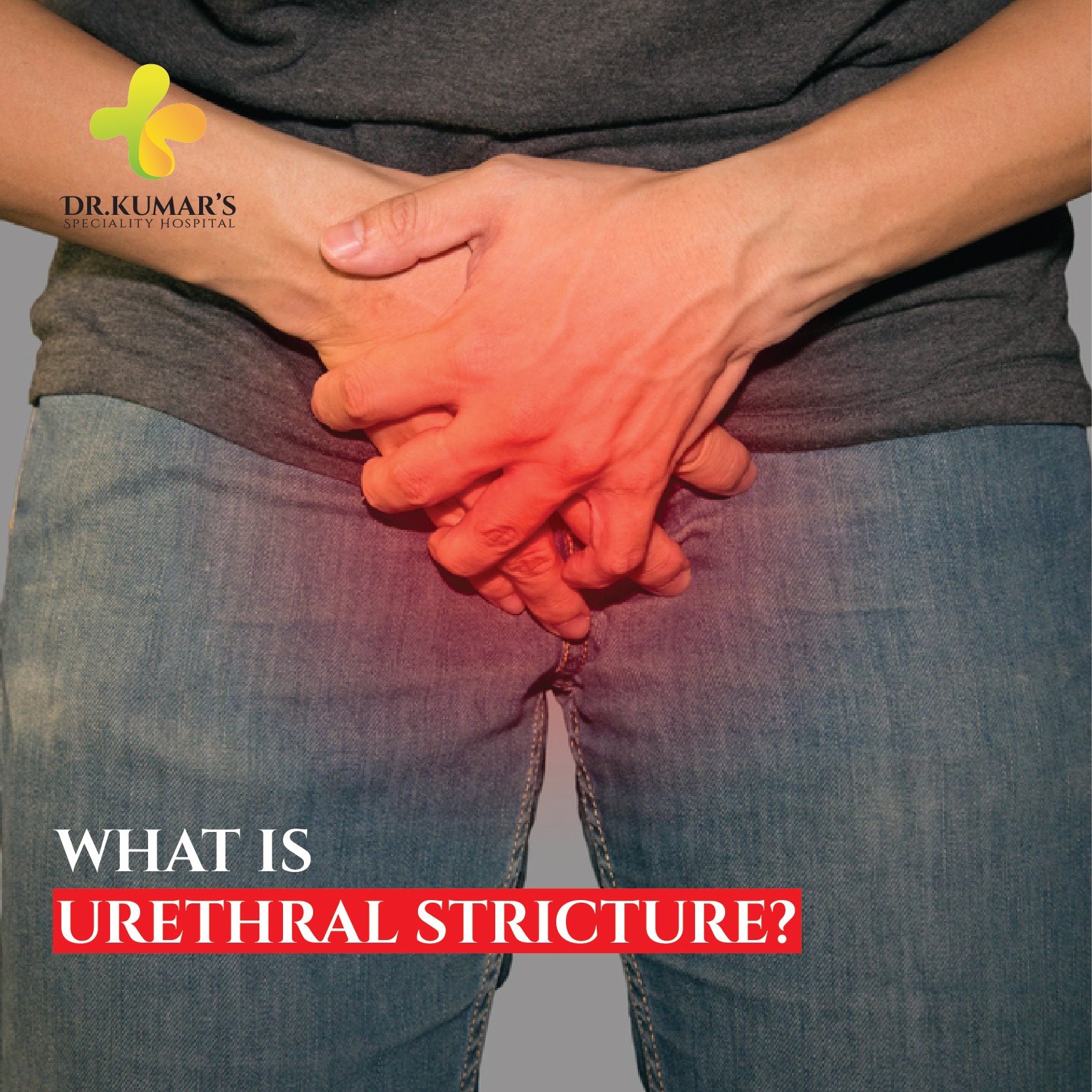
The urethra is a tube that carries urine from the urinary bladder so that it can be expelled out of the body.
Usually the urethra is wide so that it can carry urine freely from the bladder and expel it easily. At times due to several causes, the urethra narrows and restricts the flow of urine. This is known as urethral stricture.
What causes urethral stricture?
Some sort of tissue inflammation or the presence of scar tissue in the urethra is the prime cause of urethral stricture.
Scar tissue occurs due to several factors. Young boys who undergo hypospadias surgery to correct underdeveloped urethra and men who get a penile implant are at higher risk of developing urethral stricture.
Other causes can be a hit near the scrotum due to some accident or some sort of a straddle injury while riding a horse or falling on a bicycle bar etc. Pelvic fracture, catheter insertion issues, radiation, prostate surgery are also causes that lead to urethral stricture.
Some rare causes can be the development of a tumour in close proximity to the urethra, untreated urinary tract infection and sexually transmitted diseases.
What are the symptoms?
Urethral stricture can cause symptoms that are mild to sever e and include weak urine flow, frequent urge to urinate, feeling of incomplete bladder emptying, starting and stopping urinary stream, failure to control urination, pain in the pelvic or lower abdominal region, urethral discharge, blood in semen or urine, darkening of urine and inability to urinate at all, which can be a medical emergency.
How is it diagnosed?
Urethral stricture is diagnosed by reviewing your symptoms and medicalll history, performing a complete physical examination of the penis area, observing any colour change in the urethral discharge and see whether there is any swelling or hardening.
The doctor may advise specific tests to confirm the diagnosis of urethral stricture. Measuring the rate of flow during urination, analyzing the urine and testing for infections, cystoscopy which inserts a small tube with a camera into the inside of the bladder and urethra, measuring the size of the urethral opening and testing for STDs are conducted.
What are the treatments?
Treatment of urethral stricture solely depends on the severity of the condition. Nonsurgical treatment involves using an instrument called dialator to widen the urethra, which is an outpatient procedure. Another nonsurgical option is a permanent urinary catheter placement.
If the condition is severe, then surgery is the option. An open urethroplasty is the best choice. The surgery can permanently reroute the flow of urine to an opening in the abdomen. Urinary diversion is performed only if the bladder is severely damaged or if it needs to be removed.
